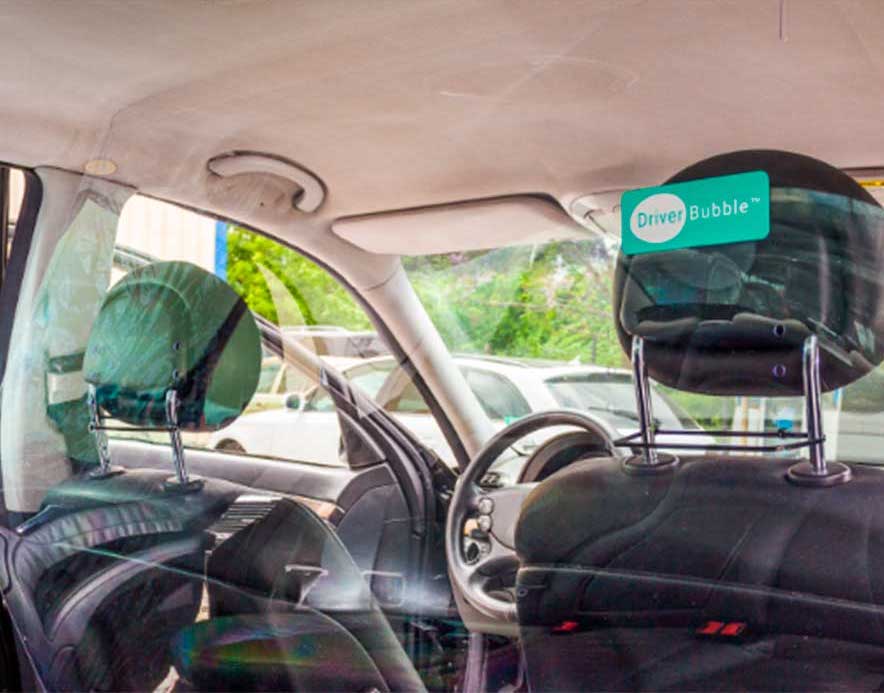Australian businesses are slowly returning to normality and people have begun to commute. Since the pandemic kicked up, though most people have started commuting in their own vehicle, a segment of the population still rely upon cab and rideshare services. With the lingering threat during the Coronavirus crisis, it’s imperative for both drivers and passengers to adapt new protective measures for a safer journey – hence the need for PPE (Personal Protection Equipment).
PPE is available in many forms, and the first thing that comes to mind are face masks when you think of PPE. However, there is one form of PPE that is crucial in commercial vehicles, starting from big fleets to independent drivers, transporting passengers is a vehicle partition screen, also known as driver protection screens. What is a vehicle partition screen? Trusted by thousands of drivers worldwide, 98% of customers using the vehicle partition screen recommend it to others. The partition screen is designed and manufactured to create a safer and effective barrier between the driver and the passenger, improving privacy for passengers without isolating them from each other. It is a transparent sheet of plastic installed in vehicles behind the driver’s seat, allowing for a measure of security, communication, and an interpersonal connection. Henceforth, ensuring the safety and comfort for both the driver and passenger by creating a more hygienic environment. Why the need? With these vehicle protection screens, the taxi, private hire companies and rideshare services can continue to provide a safer way to take their passengers from A to B, getting drivers back on the road quicker and more safely. The vehicle PPE helps the providers create safer journeys, ensuring they comply with social distancing guidelines, putting passengers at the heart of every journey. Car rental services continue to pick up and drop off customers more safely, providing their concierge service, also promoting a more customer-centric approach to their customers. These drivers work in a more hygienic environment by screening off drivers and passengers from each other, reducing the chances of transmitting viruses and bacteria via close or direct contact. These protective screens along with face coverings make certain of the safety for both drivers and passengers by minimising direct contact and reducing the risk of transmission. Each individual has a specific role to play to help stop the spread and ultimate well-being of each other. This is especially true when it comes to essential services like the taxi and transport industry. Drivers not only have a right to feel safe and be protected from any harm while working, but they also have to work responsibly to ensure the hygiene of their vehicle. Today, protective screens as PPE is not only essential for public safety and health but an investment for a more hygienic and safer transport solution to mitigate risks in the future. *Will Cattrall, Business Development Manager at Taxi Butler and Driver Bubble
2 Comments
Cathy Heggins
24/3/2021 06:38:27 am
Sounds very interesting...Is this available for school busses? How easy and effective is this? Is there a success story we could refer to?
Reply
Michael Hoy
4/4/2022 03:01:46 pm
The screen looks very interesting and a win-win for customer and the driver. Can the screen be fitted in new model vehicles with curtain airbags, as I wasn't sure if the fitting of the screen would impede the airbags
Reply
Leave a Reply. |
NewsDRIVE NOW reports on various topics regarding the Archives
December 2022
Categories
All
|
DRIVE NOW Magazine is published by Trade Promotions Pty Ltd, Ashwood VIC Australia. © 2022 DRIVE NOW |


 RSS Feed
RSS Feed